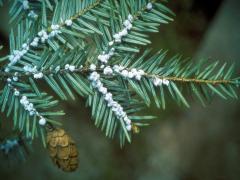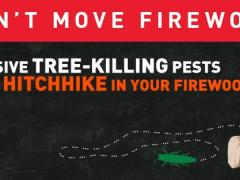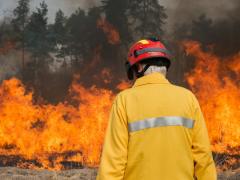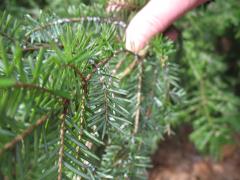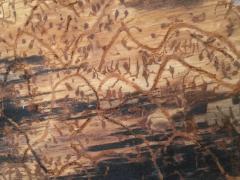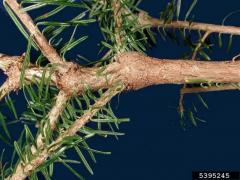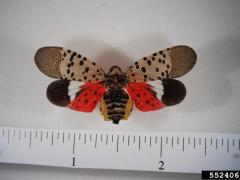To Tame A 'Wave' Of Invasive Bugs, Park Service Introduces Predator Beetles
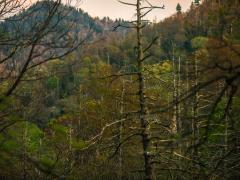
The forest at Great Smoky Mountains National Park is sick, infected by invasive bugs and plants. Matt Moore, Kaleb Lique Naitove and Emily Baird of the National Park Service are some of the field medics trying to keep it alive.
